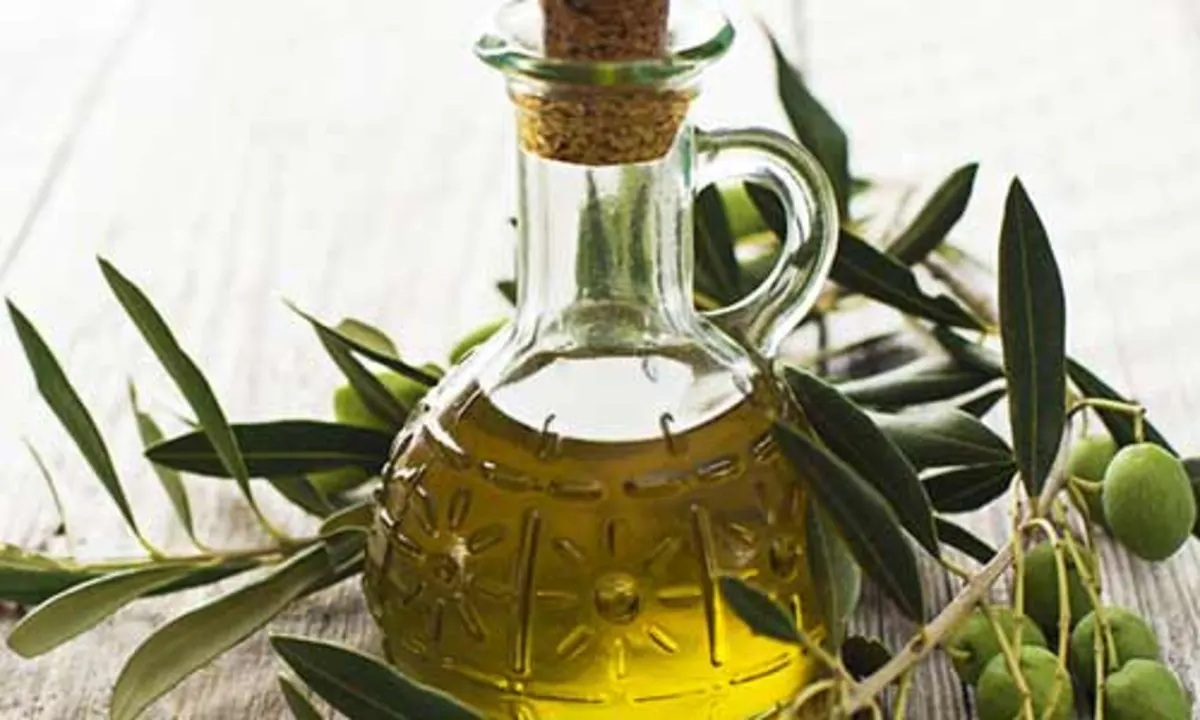Polyunsaturated fats are a type of dietary fat that are considered essential for overall health and well-being. Unlike saturated fats and trans fats, which are known to increase the risk of heart disease and other health conditions, polyunsaturated fats have been associated with various health benefits when consumed in moderation. In this comprehensive guide, we’ll explore the definition of polyunsaturated fat, discuss its sources in foods, examine its potential benefits for health, and consider any associated risks.
Definition of Polyunsaturated Fat
Polyunsaturated fats are a type of unsaturated fat that contain two or more double bonds in their chemical structure. These double bonds create kinks in the fatty acid chain, making polyunsaturated fats liquid at room temperature. There are two main types of polyunsaturated fats:
Omega-3 fatty acids: These are a type of polyunsaturated fat known for their anti-inflammatory properties and heart-healthy benefits. Omega-3 fatty acids are found in fatty fish such as salmon, mackerel, and sardines, as well as in flaxseeds, chia seeds, walnuts, and soybeans.
Omega-6 fatty acids: These are another type of polyunsaturated fat that is essential for the body’s growth and development. Omega-6 fatty acids are found in vegetable oils such as soybean oil, corn oil, and sunflower oil, as well as in nuts and seeds.
Foods High in Polyunsaturated Fat
Polyunsaturated fats are found in a variety of foods, including:
- Fatty fish: Salmon, mackerel, sardines, trout, and herring are rich sources of omega-3 fatty acids.
- Plant-based oils: Soybean oil, corn oil, sunflower oil, safflower oil, and flaxseed oil are all high in polyunsaturated fats.
- Nuts and seeds: Walnuts, flaxseeds, chia seeds, sunflower seeds, and pumpkin seeds are excellent sources of polyunsaturated fats.
- Avocados: Avocados contain a small amount of polyunsaturated fat, along with monounsaturated fat and fiber.
Incorporating these foods into your diet can help increase your intake of polyunsaturated fats and promote overall health.
Benefits of Polyunsaturated Fat
Heart Health:
Polyunsaturated fats have been shown to improve heart health by reducing levels of LDL (bad) cholesterol and triglycerides in the blood. Omega-3 fatty acids, in particular, have anti-inflammatory properties that can help reduce the risk of heart disease and stroke.
Brain Function:
Omega-3 fatty acids are essential for brain development and function. They play a crucial role in maintaining the structure and function of brain cells, improving cognitive function, and reducing the risk of age-related cognitive decline.
Joint Health:
Omega-3 fatty acids have anti-inflammatory properties that can help reduce joint pain and stiffness associated with conditions such as arthritis and rheumatoid arthritis. Regular consumption of foods rich in omega-3s may help improve joint mobility and reduce inflammation in the joints.
Eye Health:
Omega-3 fatty acids are important for maintaining eye health and preventing age-related macular degeneration, a leading cause of vision loss in older adults. Consuming omega-3-rich foods may help protect against eye diseases and promote overall eye health.
Skin Health:
Polyunsaturated fats play a role in maintaining skin health and preventing dryness, itching, and inflammation. Omega-3 fatty acids, in particular, have been shown to improve skin hydration, elasticity, and barrier function, reducing the risk of eczema and other skin conditions.
Risks and Considerations
While polyunsaturated fats offer numerous health benefits, it’s essential to consume them in moderation and balance them with other types of fats in your diet. Some considerations to keep in mind include:
Omega-6 to Omega-3 Ratio:
The typical Western diet tends to be high in omega-6 fatty acids and low in omega-3 fatty acids, leading to an imbalance in the omega-6 to omega-3 ratio. This imbalance has been associated with inflammation, heart disease, and other chronic health conditions. To maintain a healthy omega-6 to omega-3 ratio, it’s important to reduce the consumption of processed foods high in omega-6 fats and increase intake of foods rich in omega-3 fats.
Oxidation:
Polyunsaturated fats are more susceptible to oxidation than saturated fats or monounsaturated fats. Oxidation can lead to the formation of harmful compounds called free radicals, which can damage cells and increase the risk of chronic diseases such as cancer and heart disease. To minimize oxidation, it’s important to store polyunsaturated fats properly and avoid cooking them at high temperatures.
Allergies:
Some people may be allergic to certain sources of polyunsaturated fats, such as fish or nuts. It’s essential to be aware of any food allergies or sensitivities and to choose alternative sources of polyunsaturated fats if needed.
Conclusion
Polyunsaturated fats are essential nutrients that offer a range of health benefits when consumed as part of a balanced diet. Found in fatty fish, plant-based oils, nuts, seeds, and avocados, polyunsaturated fats play a crucial role in heart health, brain function, joint health, eye health, and skin health. However, it’s important to consume them in moderation and balance them with other types of fats in your diet to optimize their health benefits and minimize any associated risks. By incorporating foods rich in polyunsaturated fats into your meals and snacks, you can support your overall health and well-being for years to come.
- Embark on a Cosmic Adventure: My Fun Review of Melo’s THC Beverages! - May 20, 2024
- Benefits of Black Cohosh Supplements - April 2, 2024
- Benefits of Bilberry Supplements - April 2, 2024




